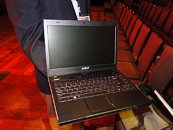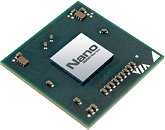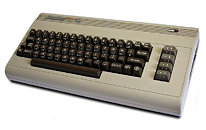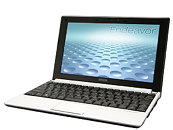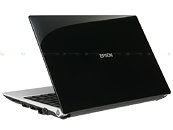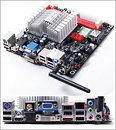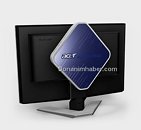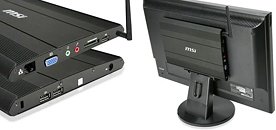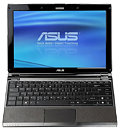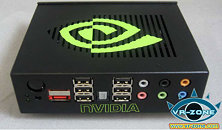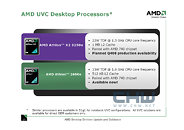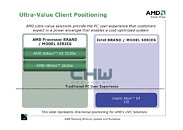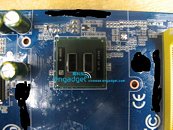
Next Gen. Fusion Chips to Pack Bulldozer Modules and VLIW4 Stream Processors
AMD is almost done releasing its first generation of Fusion accelerated processing units tageting almost every consumer segment, including ULPC, netbooks, nettops, notebooks, performance notebooks, and desktops. These chips combine x86-64 cores with Radeon GPU components, DDR3 memory contollers, and PCI-Express 2.0 hubs. At the Fusion Developer Summit, there is already talk about what the next generation of APUs will bring to the table.
The next generation Fusion platform, codenamed "Trinity", will combine two AMD's very latest in-house developments in the fields of x86 computing and consumer graphics: Bulldozer and VLIW4. Bulldozer is an x86 processor architecture built from ground up by AMD, that saw a large degree of reorganization within the processor core. A Bulldozer module is a closely-knit group of two cores that share some common resources, and end up with stellar inter-core bandwidth. Bulldozer packs support for the latest industry-standard instruction sets, including SSE4.1, SSE4.2, AVX, and AES. VLIW4, on the other hand, is a reorganization of the SIMD processing clusters of Radeon GPUs, introduced with Radeon HD 6900 series. With this reorganization, each stream processor is more capable than it was, and performance per mm2 die area is increased.
The next generation Fusion platform, codenamed "Trinity", will combine two AMD's very latest in-house developments in the fields of x86 computing and consumer graphics: Bulldozer and VLIW4. Bulldozer is an x86 processor architecture built from ground up by AMD, that saw a large degree of reorganization within the processor core. A Bulldozer module is a closely-knit group of two cores that share some common resources, and end up with stellar inter-core bandwidth. Bulldozer packs support for the latest industry-standard instruction sets, including SSE4.1, SSE4.2, AVX, and AES. VLIW4, on the other hand, is a reorganization of the SIMD processing clusters of Radeon GPUs, introduced with Radeon HD 6900 series. With this reorganization, each stream processor is more capable than it was, and performance per mm2 die area is increased.
